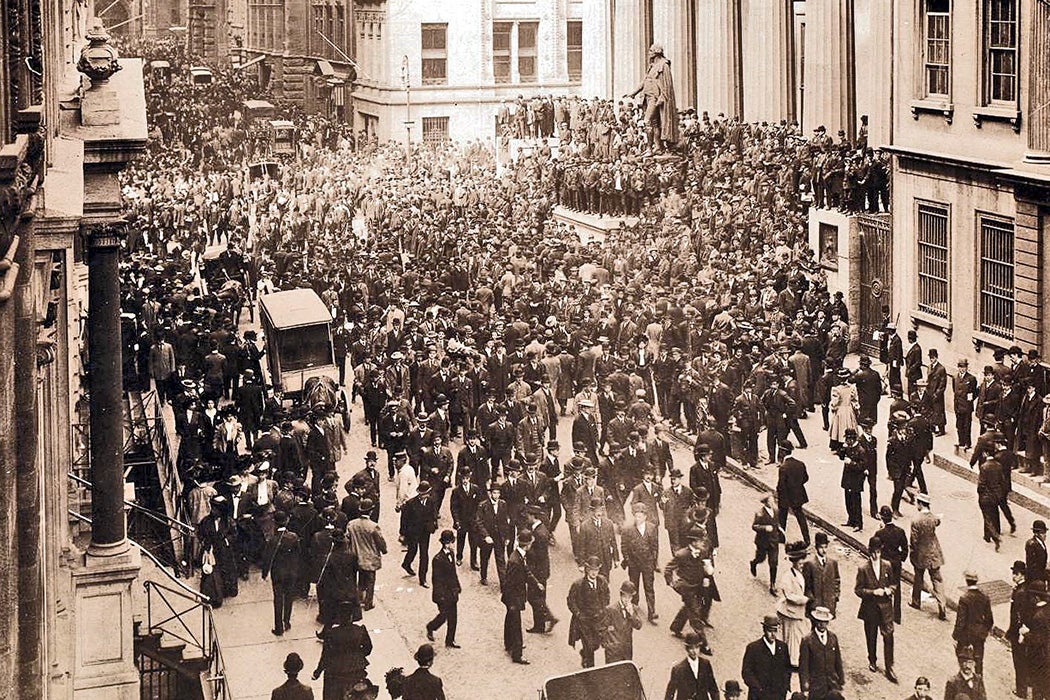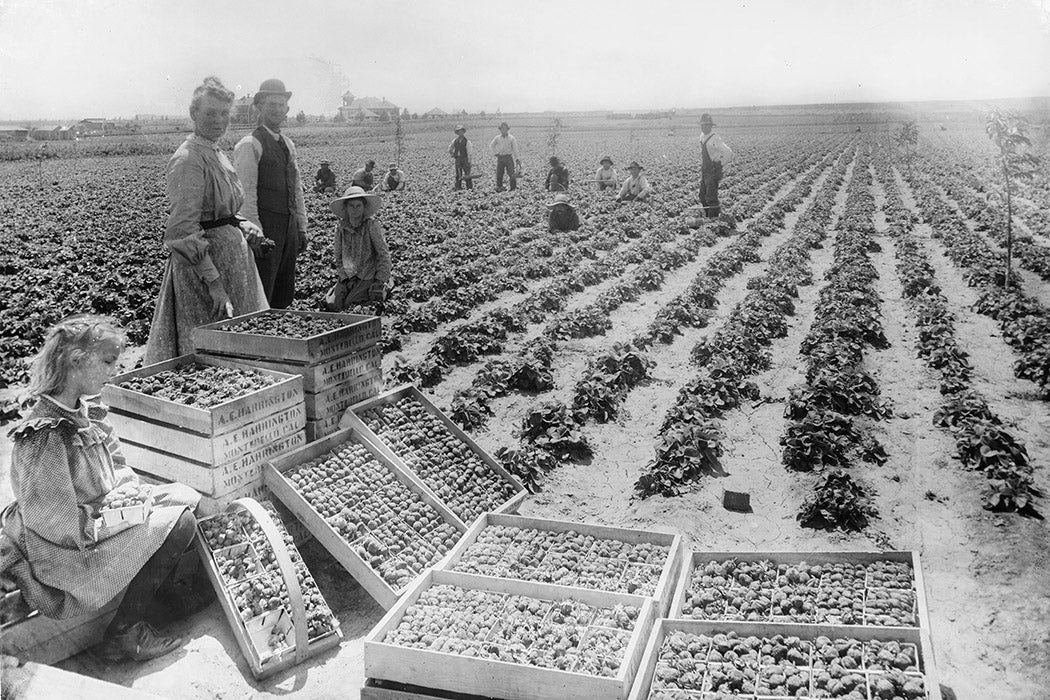Because history is anything but static, taking a closer look at received wisdom about a point in the past can be particularly revelatory. For instance, it’s long been argued by American historians that the Panic of 1907 in the United States helped spark the Mexican Revolution of 1910. The argument was that the US financial crisis triggered an economic debacle south of the border, destabilizing the dictatorship of Porfirio Díaz. Combined with the return of politicalized migrant workers who had been laid-off in the US, these factors so stressed Mexican politics that long-simmering resentments erupted in armed revolt. Díaz, the longest serving Mexican ruler, fled Mexico in May 1911.
“No historian has asserted that the US crisis caused the revolution, although some have come close,” write economist James Gerber and historian Thomas Passananti. But there’s been much commentary on the amount of influence of the Panic on the Revolution, and it’s been used as an example of the adage “when the US sneezes, Mexico catches a cold.” (Variations of this adage substitute “Canada” and even the “the world” for “Mexico.”)
Gerber and Passananti take a closer look at the “timing, sequencing, and magnitude of Mexico’s economic crisis from 1907 to 1910,” examining
the hypothesized loss of export sales to the United States, the assumed shortage of international lending by the United States as a result of its major banking crisis, and the return from the United States of laid-off Mexican miners and other workers.
The Panic of 1907 is also known as the Banker’s Panic and the Knickerbocker Crisis. After a multitude of subsequent panics and crashes, it’s little remembered today, but it still ranks in the top ten largest declines in the volatile history of the US stock market. Here’s what happened: a “silent crash” resulted from the massive insurance claims that arose in the wake of the 1906 San Francisco earthquake. The country entered recession in May 1907. The economy was teetering on the edge when the crisis became full-blown in October 1907.
The trigger was a scheme to corner the stock of the United Copper Company by a pair of already-rich Wall Street pirates. They failed, spectacularly, ruining the banks they controlled and tanking the Knickerbocker Trust Company, the third biggest trust in New York City. The stock market plummeted as a result. Runs on New York banks triggered runs on other banks all over the country as depositors lost confidence. Bankruptcies skyrocketed, unemployment doubled, and production and imports both fell significantly. (Some sneeze!) The US recession would last into 1908.
More to Explore
Internationalism and Racism in the Labor Movement
“While the US recession caused a precipitous fall in the Mexican economy,” write Gerber and Passananti, “by late 1909, more than a year before the rebels launched the first attacks against the government of Porfirio Diaz, the Mexican economy had rebounded significantly.”
Mexico definitely felt the economic pinch emanating from New York. But exports to the US rebounded in 1908–1909 and grew even stronger in 1909–1910. Overall growth in Mexico was near zero in 1908, but that was after a “relatively robust” 5.87 percent in 1907. The year 1909 saw a 2.94 percent increase in growth, “not spectacular, but hardly enough to provoke a revolution.”
Weekly Newsletter
“The assertion that the US crisis helped set the stage for the Mexican Revolution is questionable at best,” conclude Gerber and Passananti. “Most of the variables that have been described as important in the Mexican Revolution began to turn negative before the US crisis.”
Wages, for instance, were on the downside after regional peaks in 1903–1904; agriculture, by far the largest employer, saw the most serious wage declines. The Mexican Revolution was very much hecho en Mexico, as “government politics, class antagonisms, and a long, slow build-up of frustration at the failure of growth to be shared” came to a head.
Support JSTOR Daily! Join our membership program on Patreon today.








